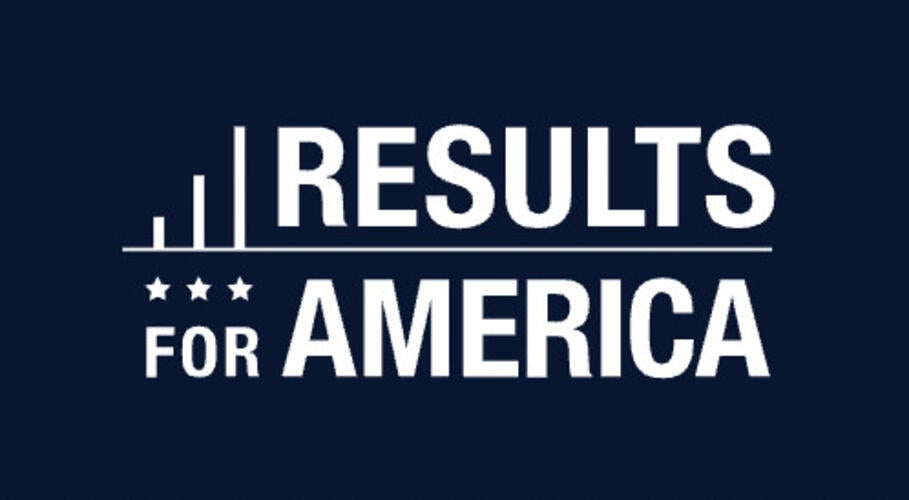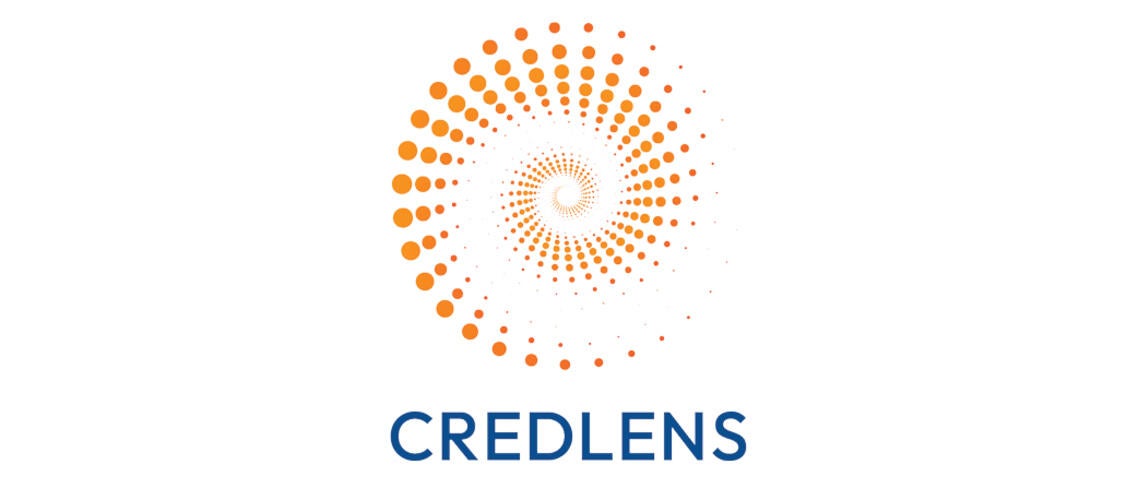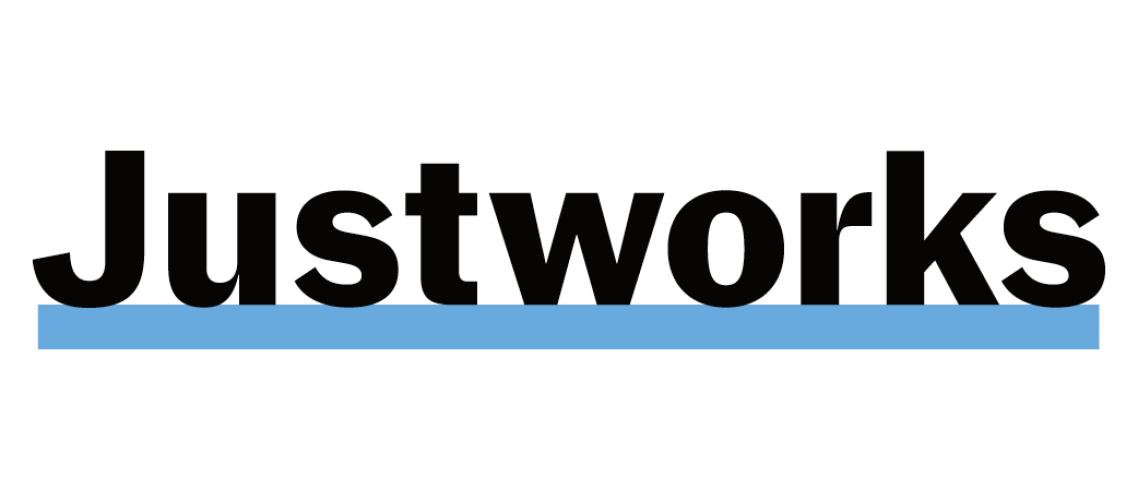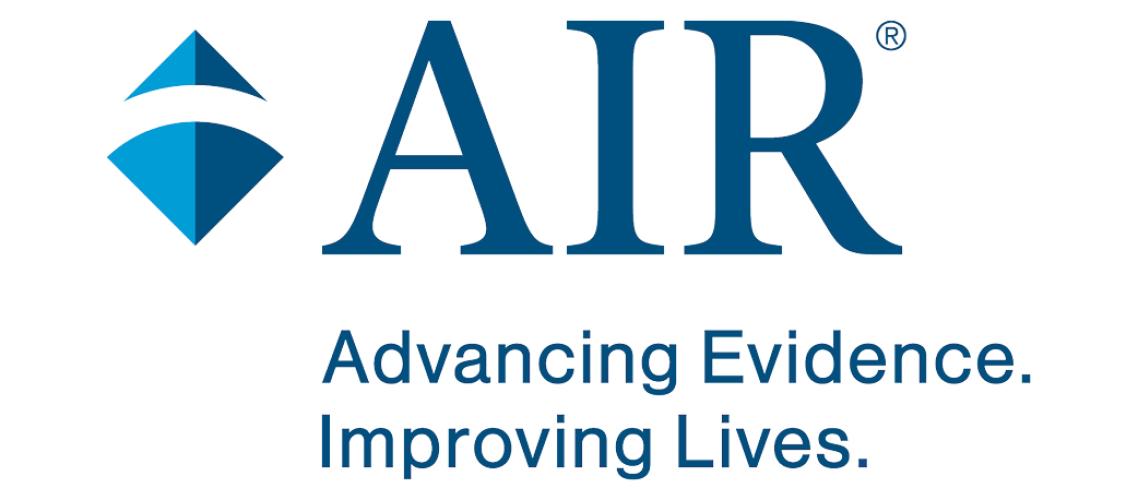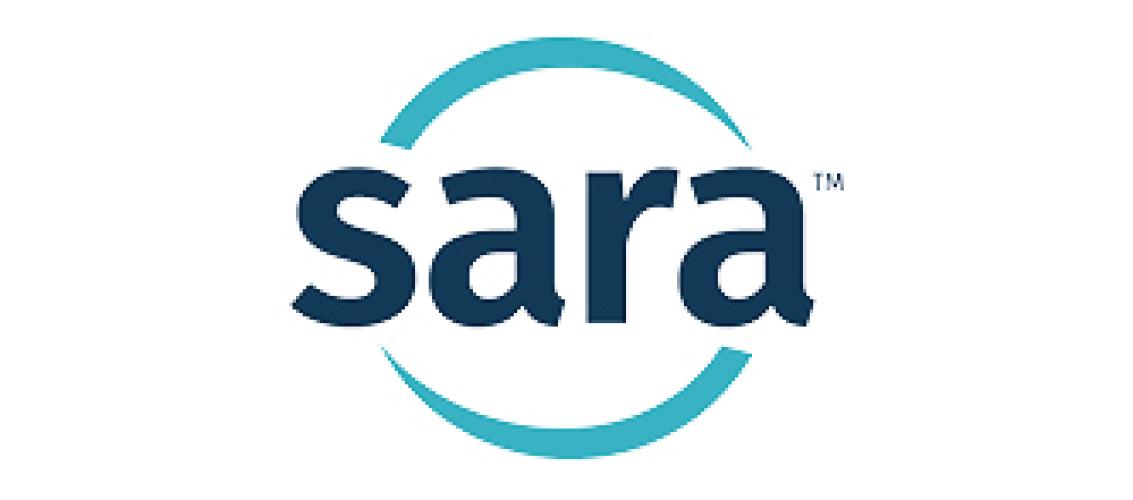
The National Association of State Workforce Agencies (NASWA) publishes its advocacy issues annually on behalf of state workforce agencies. They are developed in collaboration with members through 10 national policy committees, approved by the board of directors, and circulated to membership.
WORKFORCE
Increase flexibility for states and enhance federal investment.
- Increase investment in core workforce funding to provide American workers and businesses with more access to skills training and education opportunities aligned with jobs and in-demand occupations; high-impact, staff-assisted job search, career coaching, and other employment services, including digital literacy opportunities; and business services to support all employers with hiring, rapid response, training, and other services.
- Avoid short-term, episodic, and/or competitive funding opportunities that disrupt planning and hiring, waste critical resources on repeat startup or shutdown activities, and create access barriers for some states, especially small states, with limited grant-writing resources.
- Promote Workforce Innovation and Opportunity Act (WIOA) funding flexibility by allowing states to use funding across WIOA programs to better anticipate future labor market disruptions and help workers not traditionally eligible for assistance and at-risk incumbent workers prepare for labor market success.
- Increase permanent funding for the Wagner-Peyser Act to modernize the career services and job coaching infrastructure. Comprehensive job search assistance is a proven cost-effective service for unemployed jobseekers and is critical to combat unemployment and smooth labor market transitions. Crucial needs include upgrades to staff skills, the adoption of new service models and supporting technologies, and technical assistance.
- Scale up apprenticeships by providing enhanced investments through line-item formula funding. Provide states technical assistance to foster stronger cross-sector partnerships between workforce and apprenticeship entities. Develop a data infrastructure for apprenticeship programs that enables state-driven research to inform policy and practice, in addition to accountability that does not cause disproportionate administrative burdens for states or businesses.
- Address youth employment needs by providing states more flexibility under the WIOA youth program to target priority youth populations based on state and local needs. New labor market entrants face long-term employment and earnings repercussions due to the pandemic recession, and targeted solutions are needed to stem these impacts.
- Establish subsidized employment opportunities. Subsidized employment has a long history of positive benefits to workers with disadvantages in the labor market and the local and regional economy. This is especially true when skills training is aligned with in-demand unsubsidized employment opportunities and work disincentives and job displacement concerns are addressed. `
- Support the states’ abilities to promote equal opportunity in workforce programs. Provide training and/or funding for states to deliver nondiscrimination training to state and local equal opportunity officers, organizations and vendors receiving WIOA grants. Require consistent reporting elements on limited English proficiency between the U.S. Department of Labor’s Civil Rights Center and the Employment and Training Administration.
- Continue funding of the Reemployment Services and Eligibility Assessment (RESEA) program at full authorization levels. Reemployment services have a proven track record of accelerating UI beneficiaries' return to work, with the additional benefit of reducing unemployment insurance payments.
- Maintain investment for governors’ statewide needs at 15%. WIOA mandates that states set aside 15% of WIOA Title I formula funding to develop statewide solutions to cross-region challenges facing both employers and priority populations. These flexible investments ensure states can address high-priority workforce issues cost-effectively and can build the evidence and infrastructure that local areas depend on.
- Sustain state flexibility for Wagner-Peyser staffing. Maintain flexibility for states to allow state and local employees, contractors, other personnel, or a combination thereof, in the administration of the Employment Service (ES) program.
- Expand eligibility for Disabled Veteran Outreach Program (DVOP) services to veterans aged 50 and over and to veteran spouses. This expansion should also include veterans unemployed as a result of a federal or state declared natural disaster or emergency who do not have a Significant Barrier to Employment (SBE) and are not members of a targeted population.
- Maintain and safeguard the vital role of veteran's programs in the workforce development system. NASWA opposes any efforts to separate veteran's programs from the U.S. Department of Labor. The state workforce system is best suited to serve veterans, transitioning service members, and military spouses because of its alignment and integration of employment and career services. This includes serving veterans facing significant barriers to workforce re-entry while avoiding duplication of federal job training, education, and human resource programs.
Align workforce with post-secondary and infrastructure investments.
New infrastructure investments that build transportation networks, expand energy capacity, enhance certain workforce sectors, or expand the reach of broadband and workforce system career, training, and supportive services should align so jobseekers have an opportunity to acquire skills and access high-quality jobs.
- Require partnerships between education, workforce systems, and labor market information systems to support more informed planning and successful outcomes. New investments to support post-secondary opportunities for underemployed or unemployed Americans should require partnerships between these systems to drive successful outcomes.
Reduce systemic barriers to successful outcomes and promote economic mobility.
These reforms will ensure states and their local partners can more successfully support economic mobility for a broad range of Americans—recently unemployed jobseekers, historically marginalized communities, people with disabilities, Temporary Assistance for Needy Families (TANF) and Supplemental Nutrition Assistance Program (SNAP) recipients, youth transitioning out of foster care, veterans, formerly incarcerated individuals, individuals who have been out of the labor market, and individuals in need of career readiness skills.
- Increase access to and availability of child care and other supportive services.
- Expand high-speed internet access.
- Enhance the capacity of state agencies to conduct and fund marketing and outreach efforts to better engage underserved communities and priority populations in the workforce system’s services and supports.
- Improved alignment of workforce, human services, housing, and education agencies. Better alignment of policies, eligibility and benefit structures, regulations, state plan requirements, performance metrics, and evidence-building efforts across these agencies will drive more successful outcomes.
- Invest in supporting technologies for integrated service delivery.
DATA INFRASTRUCTURE
Invest in state-driven data infrastructure.
Labor market information is a public good that supports economic decisions of businesses and workers in the market. For policymakers and practitioners, developing state-driven data infrastructure is key to understanding and addressing local labor market issues, monitoring progress toward reducing geographic and racial disparities in labor market outcomes, and increasing the effectiveness of education, workforce, human services, and economic development investments.
- Provide adequate funding to support state Labor Market Information (LMI) divisions and the U.S. Bureau of Labor Statistics, a critical statistical agency, for the production of labor market data under the federal-state cooperative statistics programs.
- Provide increased funding to states under the federal-state cooperative arrangement to enable their production of high-quality survey data and statistics without diverting funds from other priority data products and projects.
- Increase funding to state LMI/research divisions to enhance their capacity as state-building blocks for evidence-based decision making and the production of locally relevant labor market intelligence.
- Invest long-term in multi-state data collaboratives that streamline access to and use of linked administrative data across departments and state boundaries to inform policy and practice and enable more voluntary state participation in collaboratives to enable the emergence of a truly national data infrastructure.
UNEMPLOYMENT INSURANCE (UI)
Prepare for future recessions while promoting efficient and equitable administration of UI programs.
- Waive all non-fraudulent pandemic-related unemployment compensation. This includes Pandemic Unemployment Assistance (PUA), Pandemic Emergency Unemployment Compensation (PEUC), Mixed Earners Unemployment Compensation, and Federal Pandemic Unemployment Compensation (FPUC) overpayments resulting from benefits obtained through no fault of the claimant in order to prevent further economic hardship.
- Authorize state staffing flexibility through 2022 as states are addressing backlogs and overpayments.
- Hold states harmless for any overpayments made under the federal Lost Wages Assistance (LWA) program as long as states make good faith efforts to recoup improper payments.
- Waive interest payments and the accrual of interest on federal advances to states to pay UI benefits through 2022.
- Increase administrative funding as a whole to avoid the underfunding that occurred prior to the pandemic.
- Immediate: Many states need additional administrative funding in order to wind down CARES Act programs, meet USDOL compliance requirements, further solidify defenses against fraud, and continue improving timely and equitable access to benefits.
- Long-term: Base administrative funding should be maintained at higher levels in order to meet employer and claimant expectations for acceptable customer service and to be ready for the next recession.
- Provide flexibility for states with solvent Trust Funds allowing the funding to be used for additional unemployment insurance-related administrative funding.
- Allow states to waive 2022 evaluation requirements for the Reemployment Services and Eligibility Assessment (RESEA) program as a historic spike in cases from 2021 makes research difficult at this time.
- Provide additional flexibility and deadlines for use of UI above-base funds, especially the time frame to use 4th quarter funds.
- Exempt the UI program from sequestration requirements of the Balanced Control Act of 2011. Reductions to administrative funding, the Trade Adjustment Assistance Program, and Extended Benefits jeopardize services to citizens in need.
- Update the Extended Benefits program to be more responsive to claimant needs and easier for states to administer. This should include the removal of the sequestration requirement for 2022.
- Give states flexibility over CARES Act administrative funding by extending their authority and expanding permitted uses of the funding. In the event a state is unable to use CARES Act administrative funding, permit states to utilize it for other UI purposes and/or authorize USDOL to redistribute funds to other states in need.
- Encourage further investments in UI program integrity by permitting states to use up to 5% of recovered claimant overpayments and additional employer contributions collected to be used solely for unemployment insurance program improvements.
- Expand Short Term Compensation (Workshare) coverage to include new hires as an economic recovery program when businesses ramp up after a recession or shutdown. Consider additional flexibilities (such as allowing variable reductions in hours) to encourage program use.
- Amend the Improper Payments Information Act (IPIA) and the Elimination and Recovery Act (IPERIA) to clarify that state UI payments are not federal payments subject to the acts.


